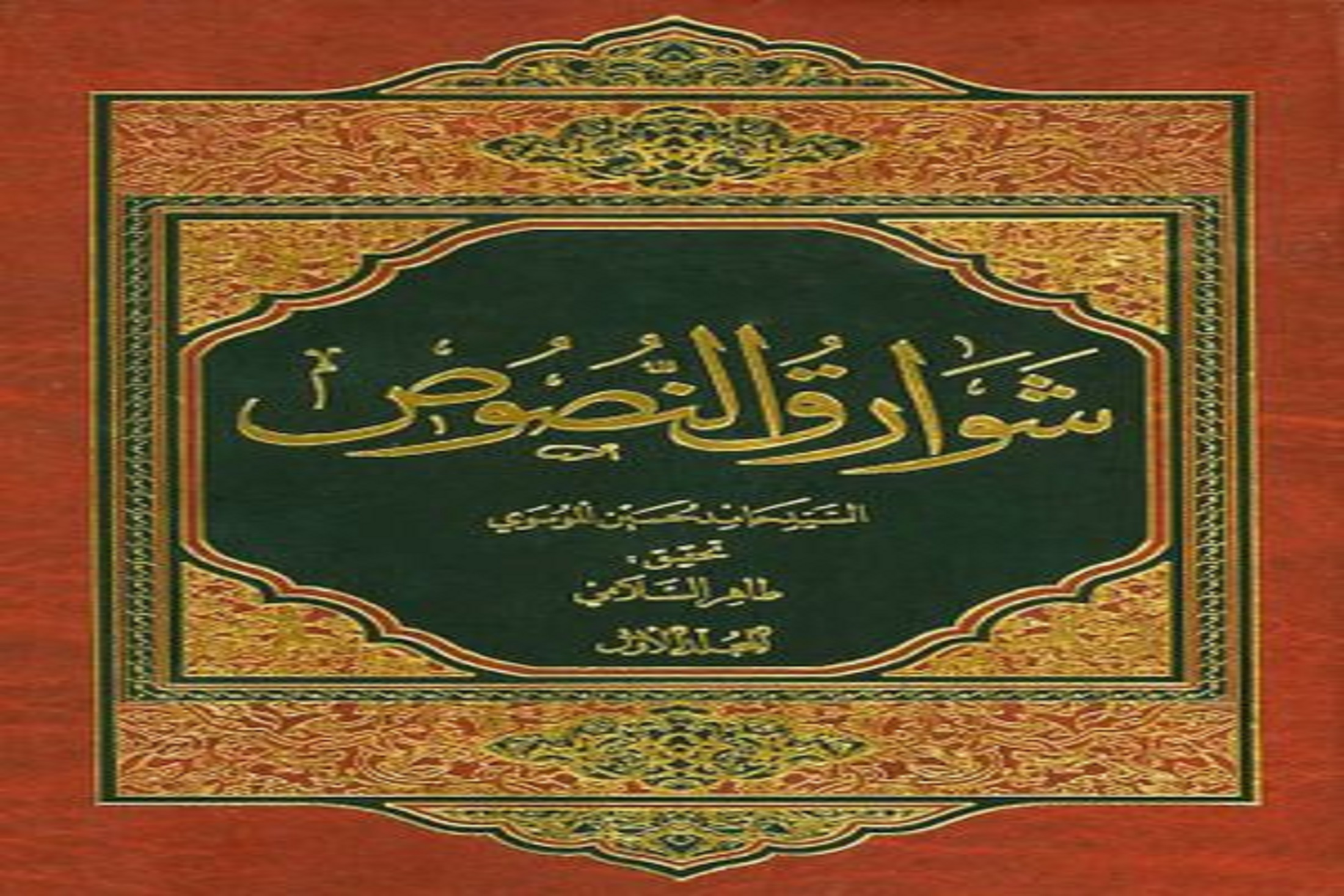Introduction to the Book ‘Shawaariq al-Nusoos Fi Takzeebe Fazaail al-Lusoos’ ( Part II)
Methodology of the author in the compilation of the book
It is absolutely clear that the author was unparalleled in the field of debates and always presented his arguments keeping the following points in mind:
- He would mention the opponents’ words verbatim and present it for discussion and then immediately point out at the doubts in them so that the domain of discussion can be defined.
- He would present the arguments using traditions from the opponents themselves
- He would present the truth and accept the place and time of the debate.
Apart from this, the approach which the author of ‘Shawaariq al-Nusoos’ has adopted in his book is as follows:
- He has presented his arguments on using those traditions which have been narrated by the Ahle Sunnah and have narrated them from their own sources. He has not relied on any Shia book which has narrated a tradition from a Sunni book.
- In the discussion of the chain of narrators of traditions, while presenting the reliability of any narrator, he has only relied on Sunni books.
- While narrating a tradition from a notable Sunni scholar, he would take a critical and deep look at all his sayings and narrations.
- He has mentioned the character of the narrators and exposed them in such a manner that they cannot be relied upon at all.
- After the above points, the author brings doubts regarding their traditions and then refutes them in a very scientific and rational manner.
- Then in the end, as a support to his refutations, he brings traditions from the Ahle Sunnah in which they themselves refute one another so that the argument is completed as their scholars are the final proofs for them.
The Book
As mentioned earlier, this book has been published in two volumes. There are three chapters in the book and each chapter has a few topics.
Volume 1
It is based on the fabricated merits of the first ‘caliph’ Abu Bakr. It has 36 topics and each topic has some fabricated merits. In this way, he has brought 36 forged merits and given detailed replies for each of the merits.
For example:
In the praise of Abu Bakr, Shah Waliullah Dehlavi says in Razaamat al-Khataa under an incident that the Holy Prophet (s.a.w.a.) said to the first ‘caliph’, “Allah will give you the greatest divine satisfaction.” People asked, “What does the greatest divine satisfaction?” He (s.a.w.a.) replied, “On the day of Judgement, Allah will have a common manifestation for the people and a special manifestation for Abu Bakr”.
[Razaamat al-Khataa: vol 3 pg 494 by Waliyullah Dehlavi]
The author has narrated this tradition along with all its sources like Anas, Jabir, Abu Hurairah and Ayesha and if one narrator has narrated it in different versions, he has mentioned each of those different forms, for example, it has been narrated by Anas in three different versions, from Jabir in four versions and one version from Abu Hurairah and Ayesha each.
The refutation by the author of this one tradition itself sheds light on his in depth knowledge, detailed approach in research and broad vision that he has mentioned each version of each narrator along with its chain and then refuted it in a detailed scientific manner.
He says, “The great reliable scholar in the eyes of the Ahle Sunnah, Ibne Jauzi, whose merits and greatness is accepted by all says with complete confidence and certainty that this tradition is fabricated.” He says, “This tradition has no reality and is false from the aspect of both content and chain.” Then the author of Shawaariq has analyzed each and every narrator of this tradition and proven that this tradition is false as the scholars of the Ahle Sunnah themselves have considered the narrators of this report as unreliable and fabricators of traditions. The author has discussed this one tradition in 30 pages which leaves no scope for a rebuttal by the opponents. The first volume ends with these 36 chapters.
Volume 2
The second volume has two chapters. The second chapter is attributed to the second ‘caliph’ Umar and has 23 fabricated traditions and each tradition has been mentioned as a separate topic i.e. in 23 topics.
In the third chapter, the author has mentioned fabricated traditions regarding the combined merits of the two ‘caliphs’ and has brought 13 fabricated traditions under 13 topics and this brings us to the end of the book.
In the end it must be highlighted that the author has organized various concepts in different chapters and the topics have been labeled by the analyst.
Every lover of justice and seeker of truth should refer this great book, ponder on it, think over the means which stop one from treading on the Straight Path, because after this, there does not remain any excuse and there is no need for any further analysis. The proof is established and the argument is completed. May Allah reward the author for his great service and consider it as a means of intercession for him.
On the occasion of Ghadeer, we are thankful to Allah for giving us the opportunity to spread the religion of the Ahle Bait (a.s.) and to refresh the beliefs of the Shias. And we pray that Allah includes us among the ones who propagate the love and mastership of Ameerul Momineen Ali b Abi Talib (a.s.) and that He hastens the reappearance of the heir of the Holy Kaaba, Imam Mahdi (a.t.f.s.).



